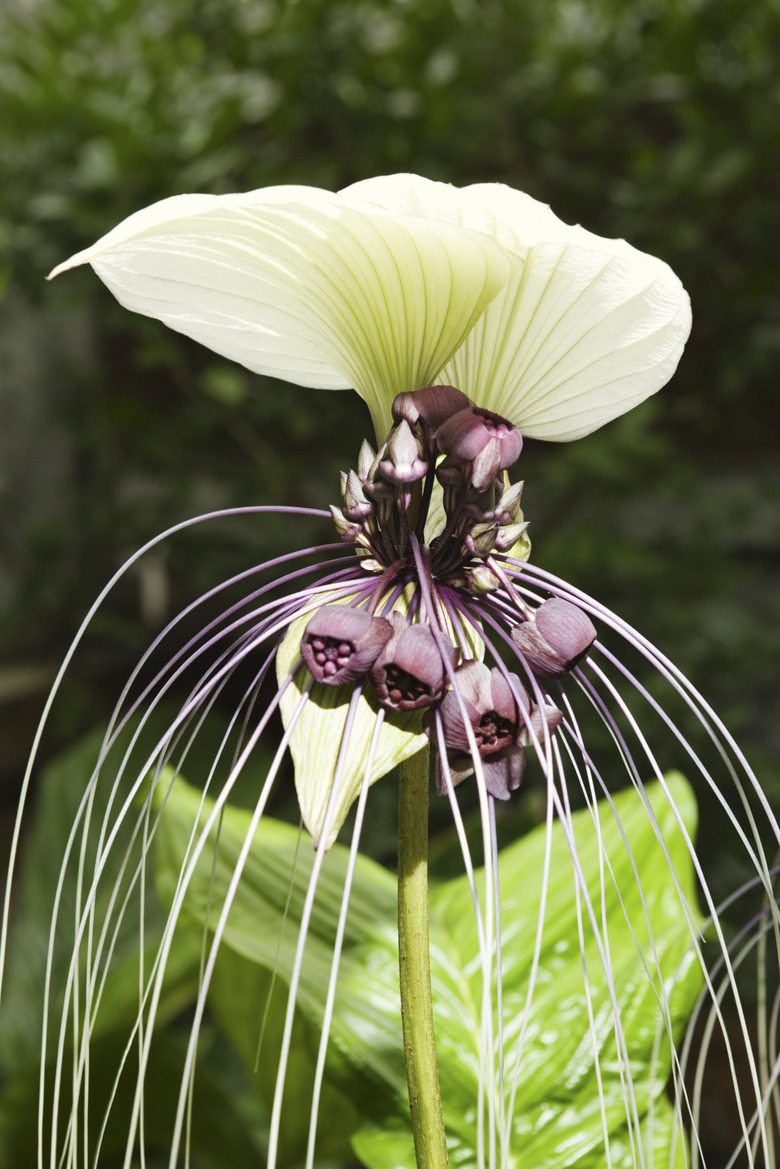Facts About Plantae
The Plantae kingdom is one of five kingdoms in the Linnaean classification system – the other four kingdoms being Monera, Protista, Fungi and Animalia. Many kingdom Plantae members you are familiar with live on land (terrestrial plants), while others, like seagrass, live in water (aquatic plants). According to Valencia College, there are over 280,000 species of plants living on the planet today. Members of the Plantae kingdom share several common traits, and plant taxonomists further divide the plant kingdom into groups and divisions based on these common plant characteristics.
Plant Kingdom Facts
Plant Kingdom Facts
What makes a plant a plant? All members of the Plantae kingdom make their own food through the process of photosynthesis, which means that they contain chlorophyll. In addition, plants are multicellular and their cell walls are composed of cellulose, which gives them structure and makes them strong while flexible. Furthermore, the life cycle of plants alternates between haploid and diploid stages, notes Warner Pacific University.
Members of the plant kingdom are diverse in form and appearance, ranging from redwoods that grow over 200 feet tall to tiny duckweeds that are smaller than a candy sprinkle, according to the Library of Congress. Their life cycles are also widely diverse, with some plants living thousands of years and others going from seed germination to death in a matter of months.
Classification of Plants
Classification of Plants
With such a wide range of life forms, the system for classifying plants is complex. There are several systems of plant taxonomy in use, and scientists can spend their lives studying, classifying and reclassifying plants.
Generally, plants are classified according to a few factors. First is the presence or absence of vascular tissue, which is specialized tissue called xylem and phloem that moves water and nutrients throughout the plant. Second, the plant kingdom is broken down by whether the species produces seeds or is seedless. Next, seed-bearing plant species are further classified by the types of seeds they make. Finally, plants are grouped according to their structure, development and morphology.
Systems of classifying plants have evolved over hundreds of years of study, but this is a short history compared to the evolution of plants. The first plants appeared on Earth millions of years ago, and vascular plants are believed to have evolved from simple, nonvascular plants like mosses. Plant taxonomists believe that land plants evolved from algae.
Groups of Land Plants
Groups of Land Plants
Land plants include four main groups: bryophytes, pteridophytes, gymnosperms and angiosperms. Mosses are the most familiar bryophytes, and most of them lack true vascular tissues, so they are sometimes referred to as nonvascular plants. The first plants to live on land also lacked vascular tissue, like mosses and liverworts.
Ferns, which are pteridophytes, do not make seeds, so they are sometimes called "seedless plants." Ferns reproduce sexually through spores, not seeds.
Conifers, pines and ginkgos are gymnosperms, which means "naked seeds" in Greek. Gymnosperms make seeds, but their seeds are not protected by fruit.
The last of the four groups is the angiosperms; they are also called the "flowering plants." This group includes many of the plant species cultivated on farms, in gardens and in parks. Angiosperms are distinguished by the fact that they produce flowers, and they also produce fruits to protect their seeds.
Divisions of Plants
Divisions of Plants
Beyond the four main groups of plants, members of this kingdom are further classified into divisions, which is a ranking equivalent to phylum in the animal kingdom. Different classification systems list anywhere from ten to 14 divisions of the plant kingdom.
Plant taxonomy, like life itself, is constantly evolving. With new species and newly discovered fossil records emerging daily, a scientist could make a career of keeping up with the classification of all of the species in just one genus of plants!
Cite This Article
MLA
Sloane, Christina. "Facts About Plantae" sciencing.com, https://www.sciencing.com/plantae-20795/. 30 September 2021.
APA
Sloane, Christina. (2021, September 30). Facts About Plantae. sciencing.com. Retrieved from https://www.sciencing.com/plantae-20795/
Chicago
Sloane, Christina. Facts About Plantae last modified August 30, 2022. https://www.sciencing.com/plantae-20795/
